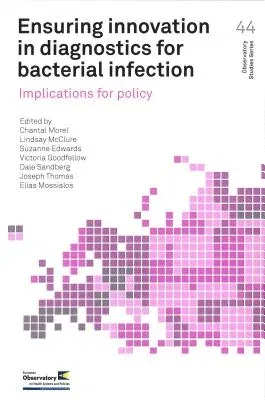The inappropriate use of antibiotics is a primary cause of the ongoing
increase in drug resistance among pathogenic bacteria. The resulting
decrease in the efficacy of antibiotics threatens our ability to combat
infectious diseases. Rapid, point-of-care tests to identify pathogens
and better target the appropriate treatment could greatly improve the
use of antibiotics. Yet there are few such tests currently available or
being developed despite the rapid pace of medical innovation. Clearly
something is inhibiting the much-needed development of new and more
convenient diagnostic tools. This study delineates priorities for
developing diagnostics to improve antibiotic prescription and use with
the goal of managing and curbing the expansion of drug resistance. It
calls for new approaches, particularly in the provision of diagnostic
devices, and, in doing so, outlines some of the inadequacies in health,
science and policy initiatives that have led to the dearth of such
devices. The authors make the case that there is a clear and urgent need
for innovation, not only in the technology of diagnosis, but also in
public policy and medical practice to support the availability and use
of better diagnostic tools.
This book explores the complexities of the diagnostics market from the
perspective of both supply and demand, unearthing interesting
bottlenecks, some obvious, some more subtle. It calls for a multifaceted
and broad policy response, and an overhaul of current practice, so that
the growth of bacterial resistance can be stemmed.

